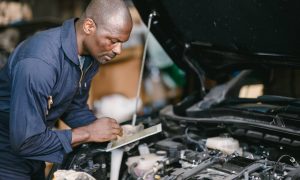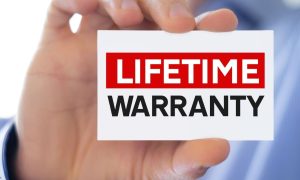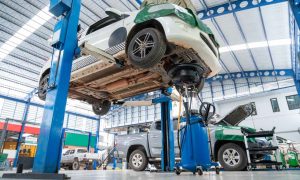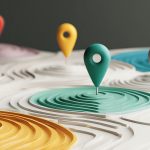Find fresh insights and resources
Latest Posts
Education
More
Education
How to Transition from College to Corporate Life
Jobs
More
9 Questions to Ask Yourself Before You Ask for a Raise
A raise can feel like a sensitive topic. Many employees hesitate to bring it up, …

What are the Strategies for Reducing Nursing Burnout and Promoting Well-being?
Burnout in nursing is never just a personal issue — it’s a systemic breakdown. When …

10 Mistakes You Didn’t Know You Were Making During a Job Interview
Job interviews can feel like stage performances. The lights are on you, and the pressure …

11 Good Reasons for Leaving a Job
Quitting a job often feels like standing at a crossroads. One path looks safe, while …

5 Strategies That’ll Stop You From Rambling Your Way Through a Job Interview
A job interview carries enormous weight. They can open the door to exciting opportunities—or close …

How to Tell Your Current Employer You Have Another Offer
Job changes often stir excitement, but also discomfort. You may feel thrilled by new possibilities …
Auto
More
5 Signs Your Car Needs A Tune-Up
Cars have personalities. They cough, rattle, and whisper when something is wrong. Unlike people, though, …

The Benefits of a Lifetime Warranty on Collision Repairs
Car accidents are messy, inconvenient, and usually expensive. Nobody enjoys dealing with body shops or …

How to Find a Trustworthy Unibody Frame Repair Shop
A car crash can shake more than just your nerves. It can damage the very …













